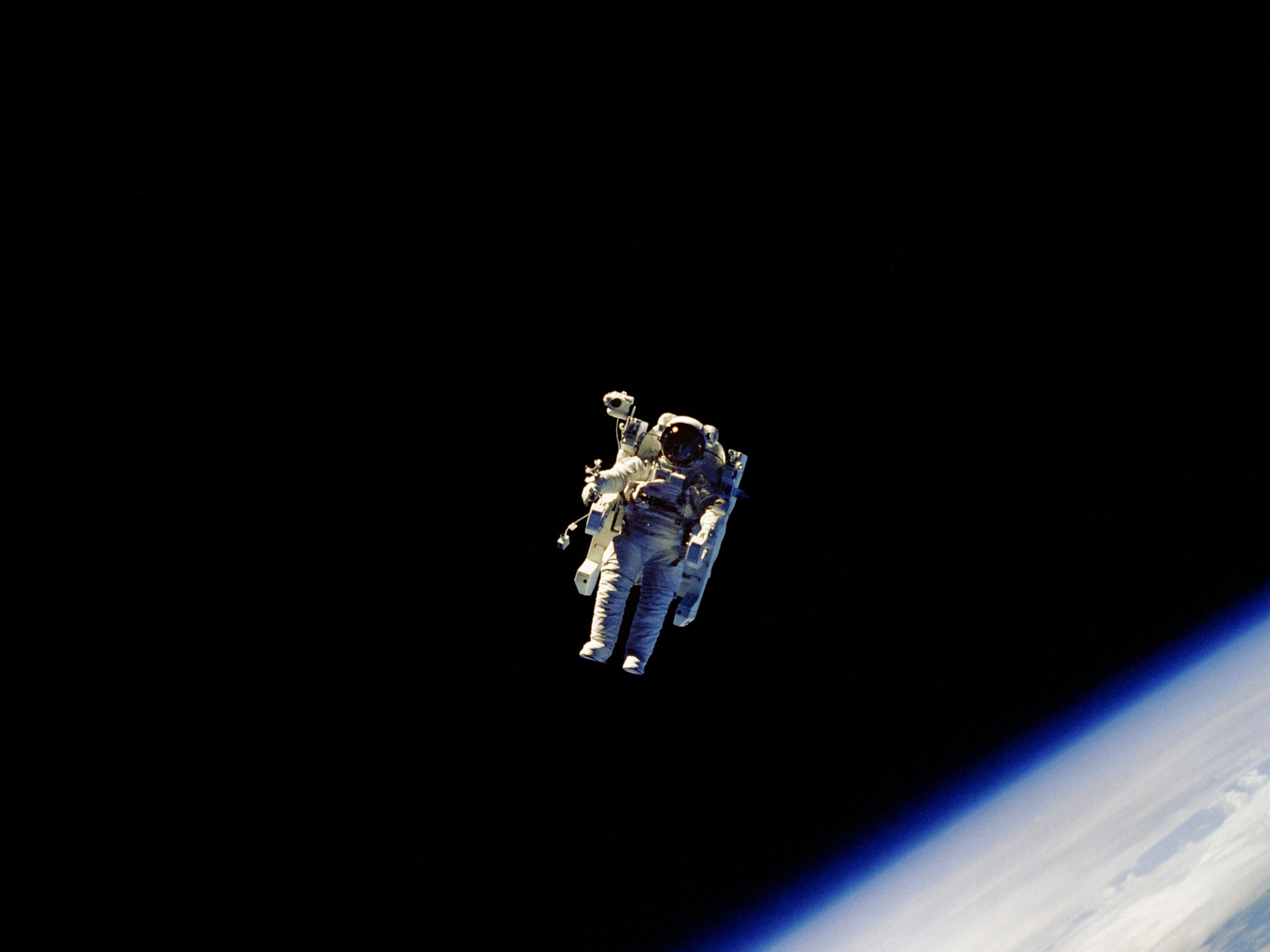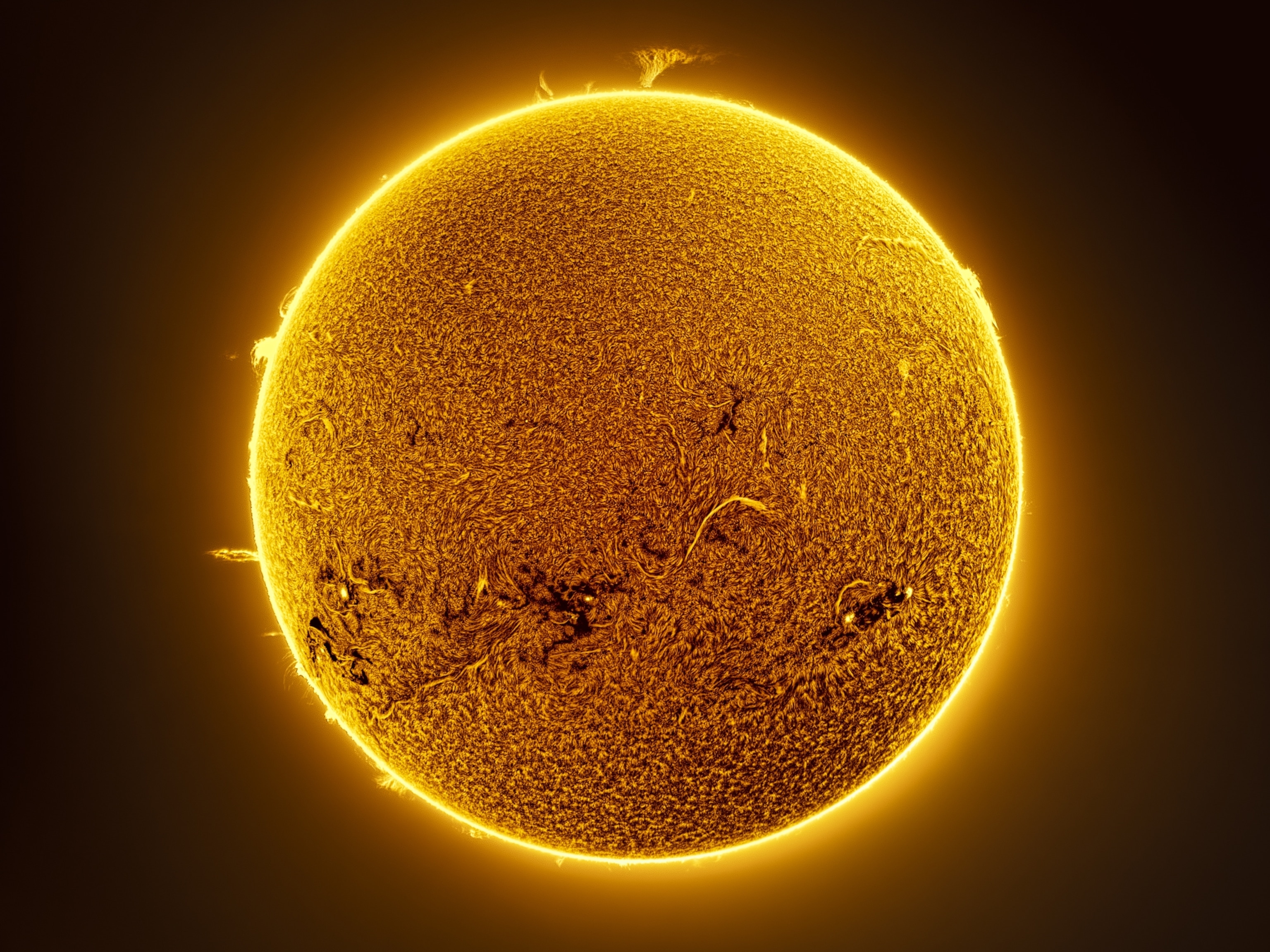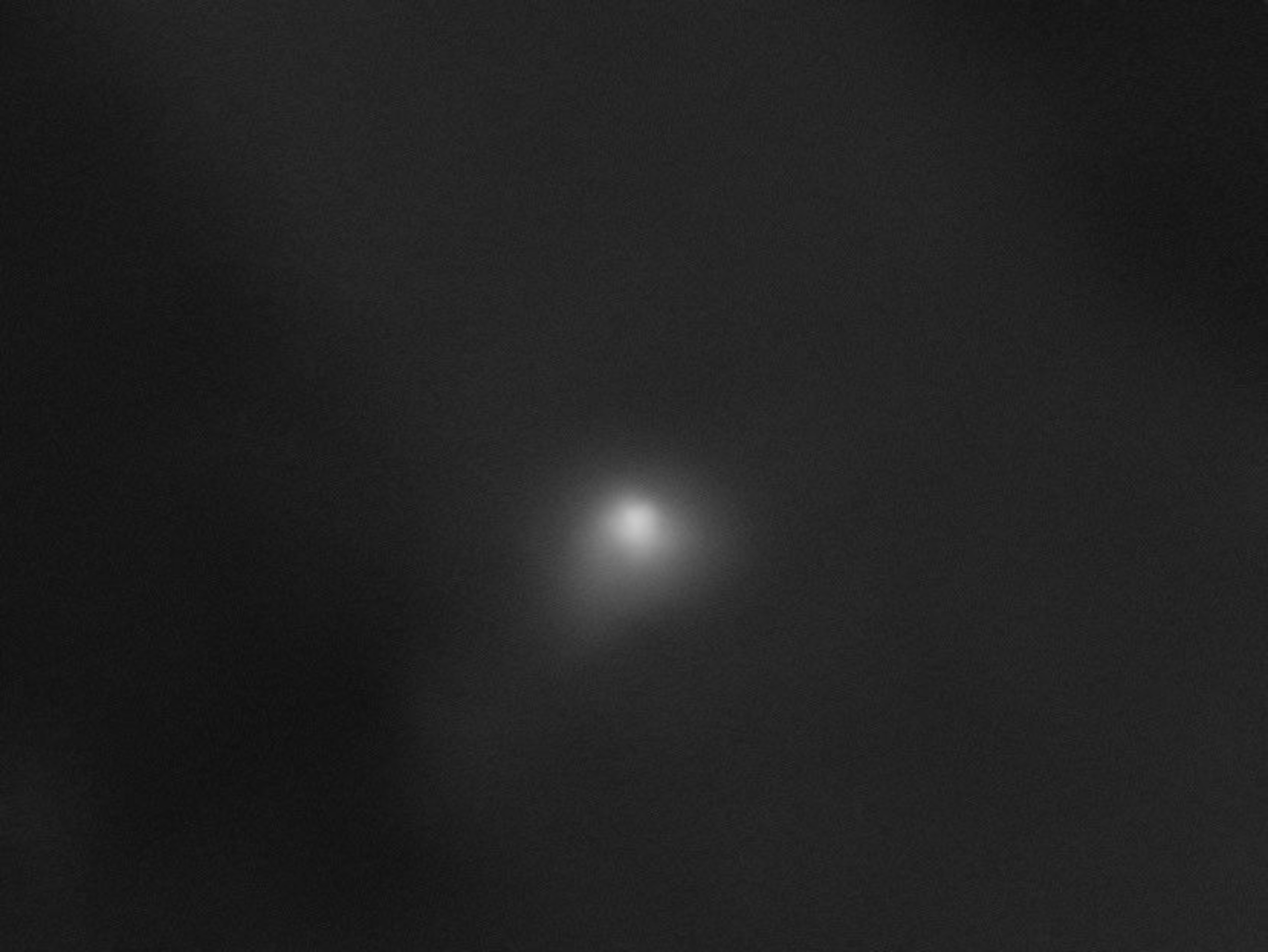
Frothy Magnetic-Bubble Sea Found at Solar System's Edge
"Foam zone" could be letting in harmful cosmic rays, NASA says.
The edge of the solar system may be a frothy sea of giant magnetic "bubbles," a new NASA study says.
The new findings may mean that our system's magnetic barrier—once thought to be a smooth shield—may be letting in more harmful cosmic rays and energetic particles than previously thought.
The new "foam zone" theory is based on a computer model created using data from NASA's twin Voyager spacecraft, both launched in 1977 and currently about 10 billion miles (16 billion kilometers) from Earth.
In 2007 Voyager 1 recorded dramatic dips and rises in the amount of electrons it encountered as the craft traveled through the heliosphere—the "force field" that surrounds the entire solar system and is created by the sun's magnetic field. Voyager 2 made similar observations of these charged particles in 2008.
A NASA computer model suggests the electron readings make sense if it's assumed the spacecraft were entering and exiting magnetic bubbles lining the edges of the heliosphere.
These magnetobubbles should act as electron traps, so the spacecraft would experience higher than normal electron bombardment.
(See "Surprise: Solar System 'Force Field' Shrinks Fast.")
Cosmic Jacuzzi Filled With Magnetic Bubbles?
According to the new model, the bubbles are large—about 100 million miles (160 million kilometers) wide—and shaped "like long sausages," said Merav Opher, an astronomer at Boston University, at a NASA press conference today.
The bubbles might be created by the rotation of the sun, the scientists said.
Like Earth, our sun has a magnetic field with a north pole and a south pole. As the sun spins, this magnetic field—which extends all the way to the edge of the solar system—should get twisted and wrinkled, like a ballerina's skirt.
"Far, far away from the sun, where the Voyagers are now, the folds of the skirt get bunched up," Opher said in a statement.
These "folds" can get broken up into numerous magnetic bubbles, creating a "foam zone" along the edge of the heliosphere.
"It's very bubbly as far as we can tell," Jim Drake, a University of Maryland physicist, said at the press conference. "This entire thing is like the most bubbly part of your Jacuzzi."
Unlike a hot tub's roiling surface, however, the foam zone should be relatively calm, Opher said.
"Inside this sea of bubbles, there are oscillations. ... They are not huge but they are measurable," he said. "I would say it's a quiet turbulence."
(Related: "Solar System's 'Nose' Found.")
Softer Magnetic Shield No Threat to Earth
One implication of the new finding is that the edge of the heliosphere is more like a membrane than a shield against cosmic rays.
Galactic cosmic rays can become temporarily trapped in the foam zone, but they will eventually wander into our system and then zip along the solar magnetic field lines toward the sun and Earth, the researchers say.
"We're living on Earth, so we don't have to worry about, it because we're shielded by a thick atmosphere," Opher explained.
"But if you're an astronaut heading to Mars, you really have to care about the radiation environment in the heliosphere." Cosmic radiation can, among other things, compromise the body's immune system.
(See "Astronauts Could Ride Asteroids to Mars, Study Says.")
The new findings could also affect astronomers' understanding about the environments around other stars.
"What we know abut the heliosphere serves as a model for other stars," Opher said. "So the fact that we're revisiting what we know about the [heliosphere] will mean we will probably have to revisit what we know about other astrosheaths as well."
The research will be detailed in the June 9 issue of Astrophysical Journal.





